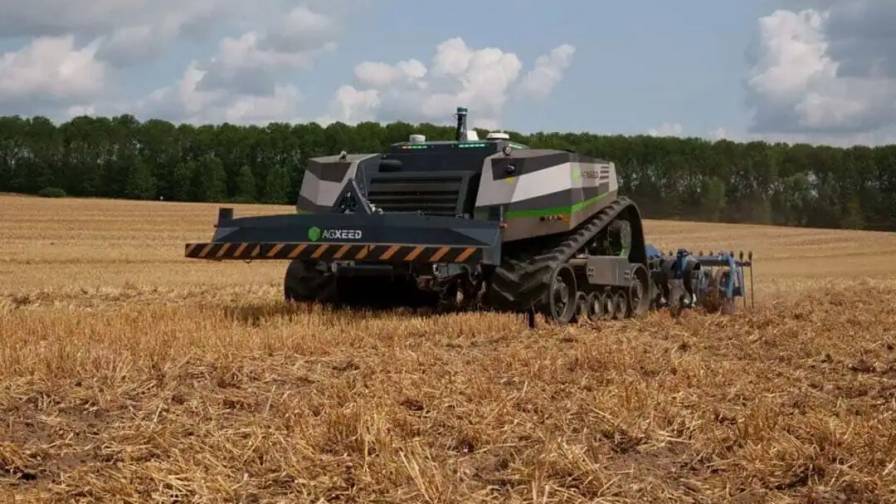Best Agriculture Apps for 2023
Mobile apps have become so integral to our daily lives that most of us can’t imagine living without them, writes Matt Hopkins at CropLife. In fact, consumers in more than a dozen markets worldwide are now spending four to five hours per day in apps, according to a recent report from app intelligence firm data.ai. But to truly understand how mobile apps have become the center of our attention, we must first look back at when they finally went mainstream.
The first iPhone was released in 2007 – and soon after the first Android — and along with it came several pre-installed apps like Notes, Weather, and Calculator. This was just the tip of the iceberg. When the App Store went live in 2008, it “only” featured 500 apps. It now has more than 2 million apps available for download. Google Play started out with 50 apps and now has about 3.5 million apps available.
Over the past 15 years, developers have created better versions of those mobile apps first launched in the early days of the app stores. Initially, apps were simple to use, offering some basic functions like calculation and recordkeeping. Then developers started to add more functions to stand out from the crowd. Unfortunately for users, this often led to feature fatigue. What began with a useful, focused app, had too many extraneous features over time.
Fortunately, those bulkier, buggier apps have given way to a new development era of doing one thing and doing it well. A key catalyst to this trend has been app integration. Integration – or the process of enabling independently designed applications to work together — has also been quite popular in agriculture. More agtech companies are looking to partner with other app providers to give ag professionals the option of using the complete infrastructure behind their applications, ultimately leading to better results and improved productivity.
MORE BY CROPLIFE
2024 Annual CropLife Ag Tech Awards of Excellence — Nominations Are Now Open
The Urgency of Rapid and Accurate In-Field Testing to Tackle Crop Diseases
“From a developer perspective, it is much easier to create an app as part of an existing ecosystem and as an extension piece of other offerings, rather than as a standalone offering,” says Reinder Prins, Marketing Lead at Leaf Agriculture, which focuses on data infrastructure in agriculture through API services that are used to power many agtech apps. “From data backend to workflow and anything else involved, they don’t have to invent the wheel twice.”
While it used to be trendy for every agtech startup to create their own app, providers are realizing that users don’t want to deal with several different apps each day. Companies also are losing the appetite to invest in an app that only gets minimal usage. Not only is app integration bringing a lot to the table for developers, it is also allowing users to reap the benefits, says Prins, who was Chief Marketing Officer at Agworld prior to joining Leaf this past year.
“The user is the real winner here,” he says. “Nobody wants to use a plethora of apps and end up with data in a bunch of different silos that are not connected to each other. In this scenario, an app can either replace desktop software or become the in-field piece of a larger desktop offering. In both cases, the user will experience an increase in useability and extend their office away from the desk into the field, tractor, or wherever it may lead, without using a different provider or switching to a different ecosystem altogether.”
With more and more agtech providers integrating with other companies, where it makes sense, mobile app users are increasingly being put at the center of development strategies, Prins says. “If users have an agtech app that they already use every day, it can often make sense for other providers to work together with this incumbent provider instead of trying to force users to include another app in their daily routine,” he says.
To read more, including the list of best apps for 2023, visit CropLife.









